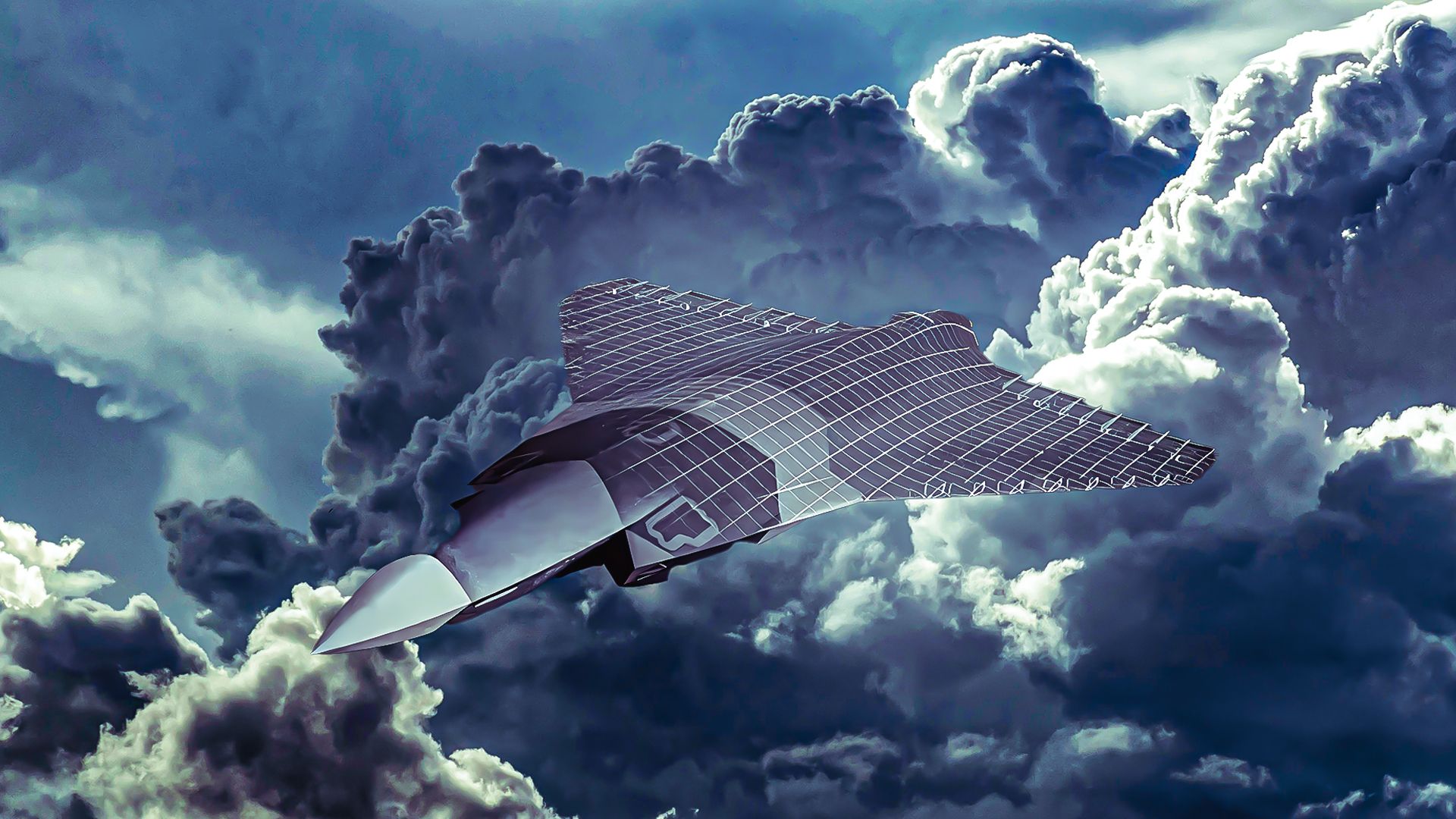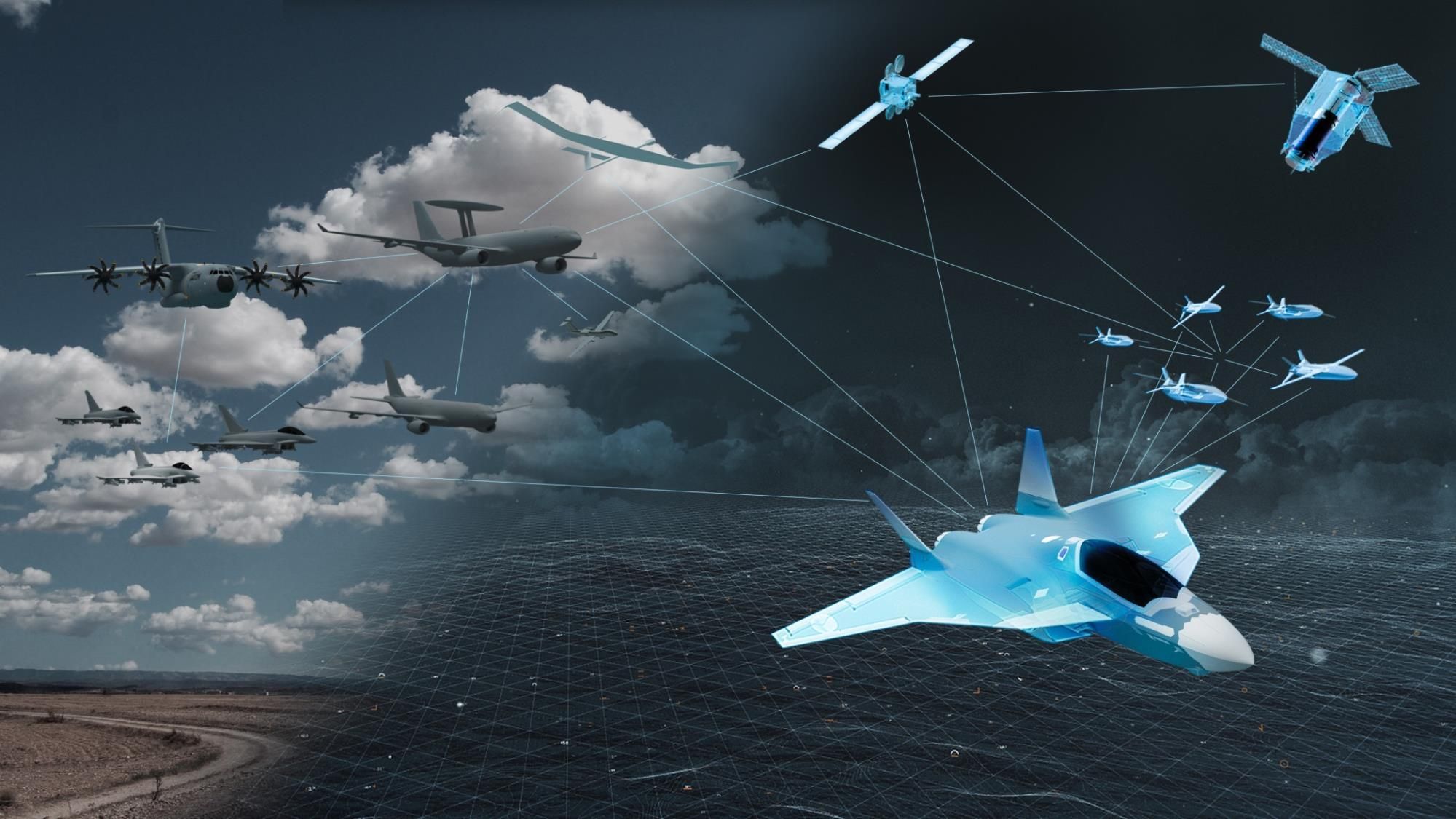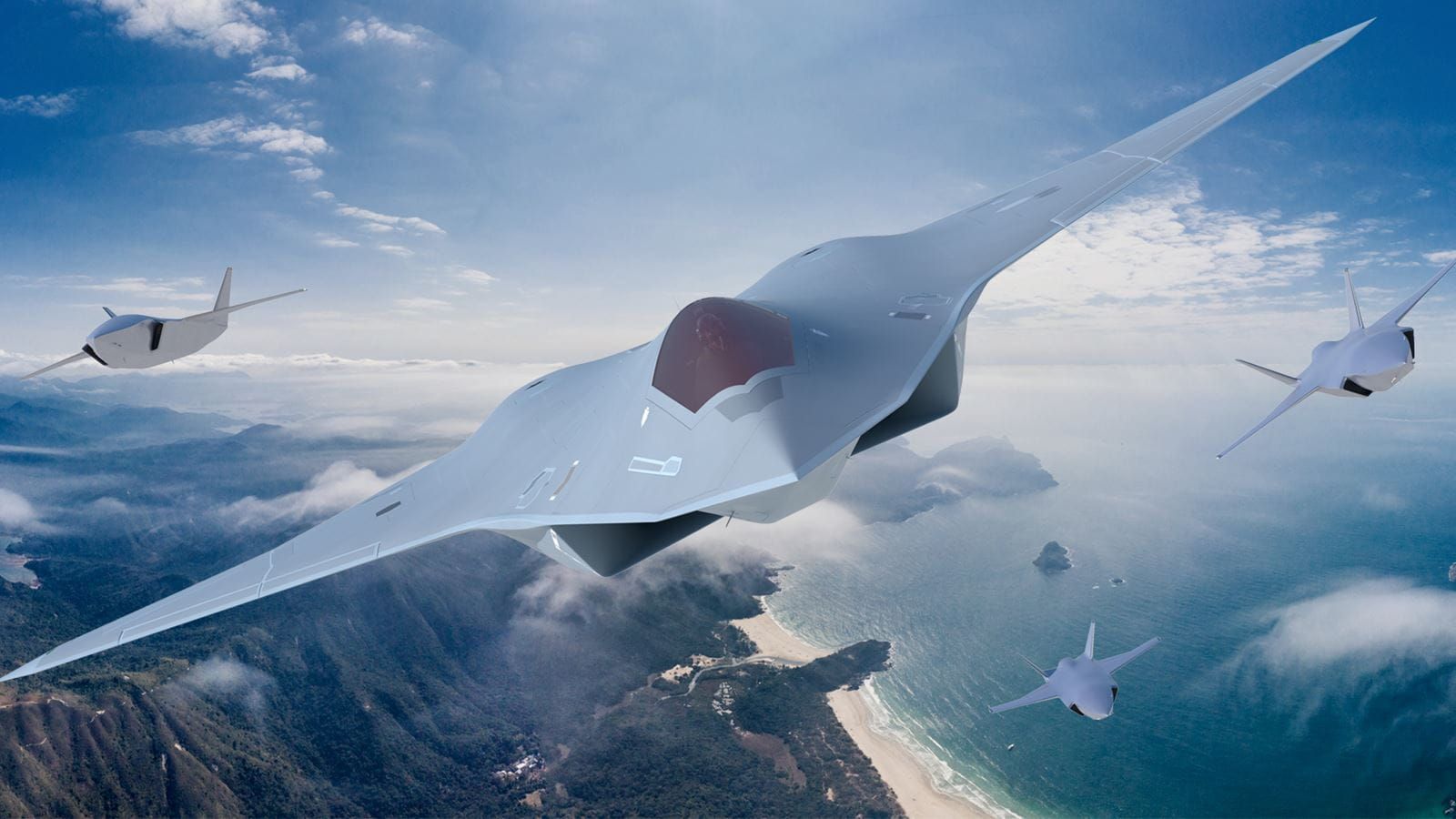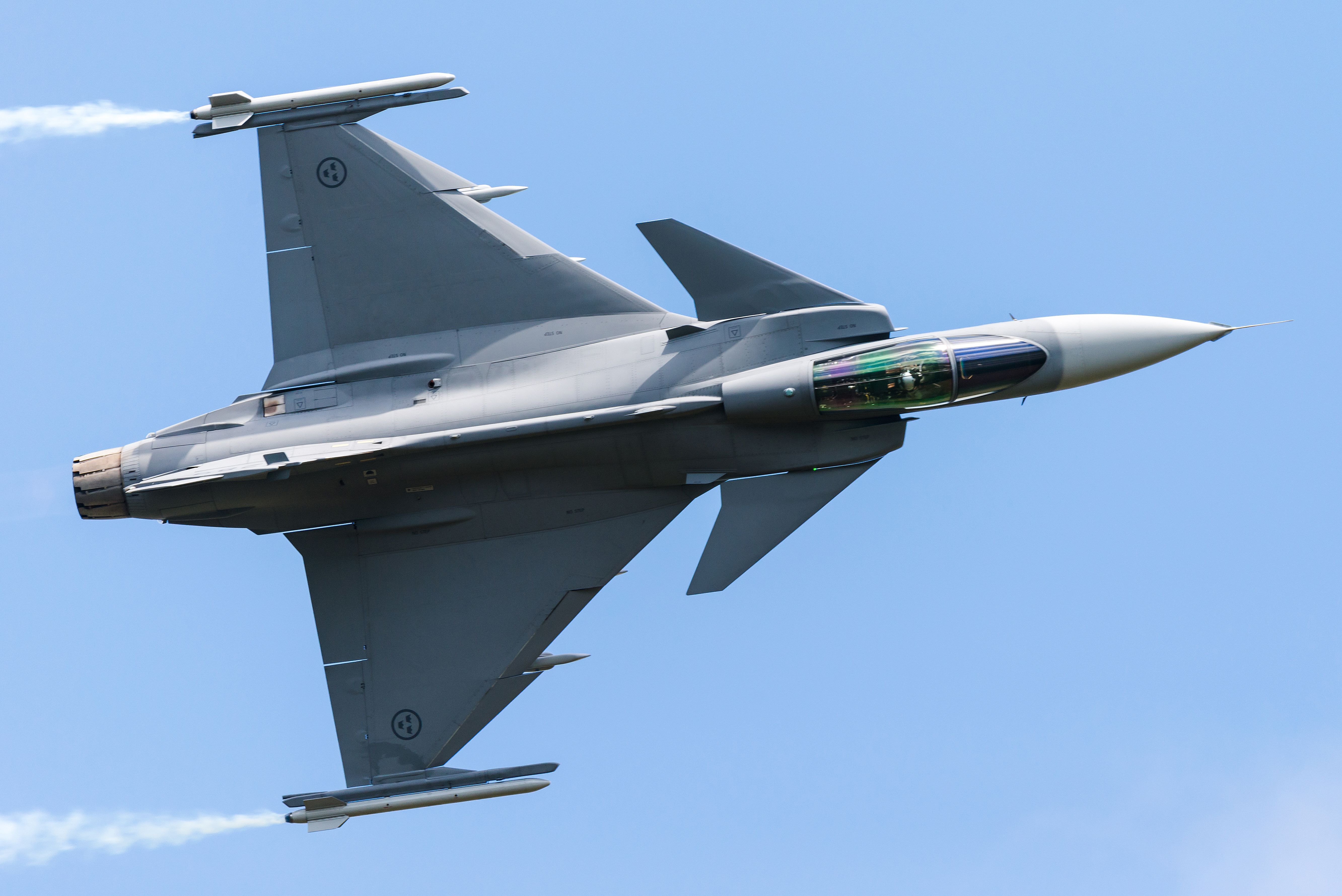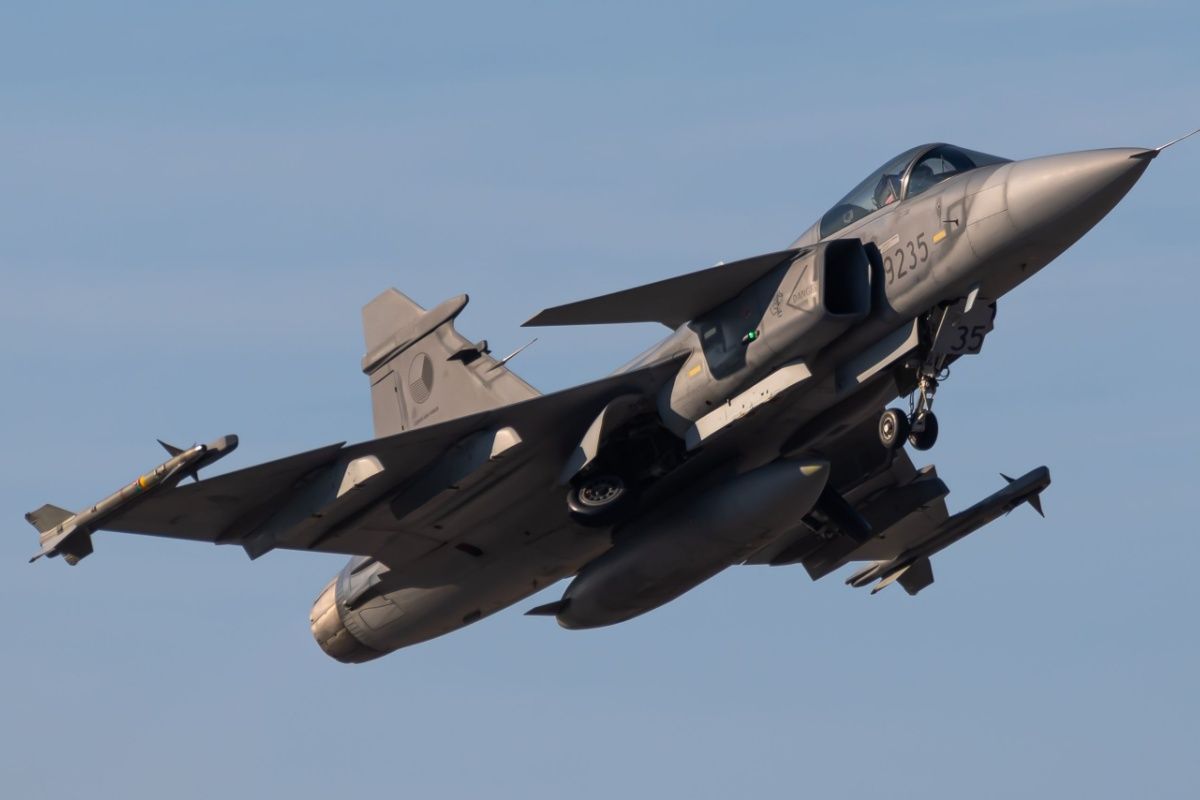The leading countries of the world are racing to build a sixth-generation fighter jet
, but these jets are so complicated that very few countries (like the US and China) can go it alone. Sweden
currently produces one of
the three fourth-generation fighter jets currently in production in Europe
. But will Sweden, a country with a population of just over 10 million) somehow produce a sixth-generation jet by itself?
Sweden left the Tempest program
In 2019, Sweden (along with Italy) joined the British sixth-generation BAE Systems Tempest
project. Since then, Japan has joined the program (now called the Global Combat Air Programme or GCAP), merging it with its former Mitsubishi F-X program. Additionally, Saudi Arabia is reportedly keen to join the program.
Photo: BAE Systems
|
BAE Tempest / Global Combat Air Programme |
|
|---|---|
|
Type: |
Manned sixth-generation multi-role fighter |
|
First flight: |
Expected 2027 |
|
Countries: |
UK, Japan, Italy |
|
In service date: |
2035 (planned) |
However, Sweden was reported by Global Defense News in 2023 to have pulled out of the BAE Tempest fighter program (it had pulled out the previous year). It is unclear why Sweden pulled out of the program and whether Sweden intends to collaborate with the Tempest in some capacity in the future. The Tempest is planned to enter service by 2035 (although this could be pushed back).
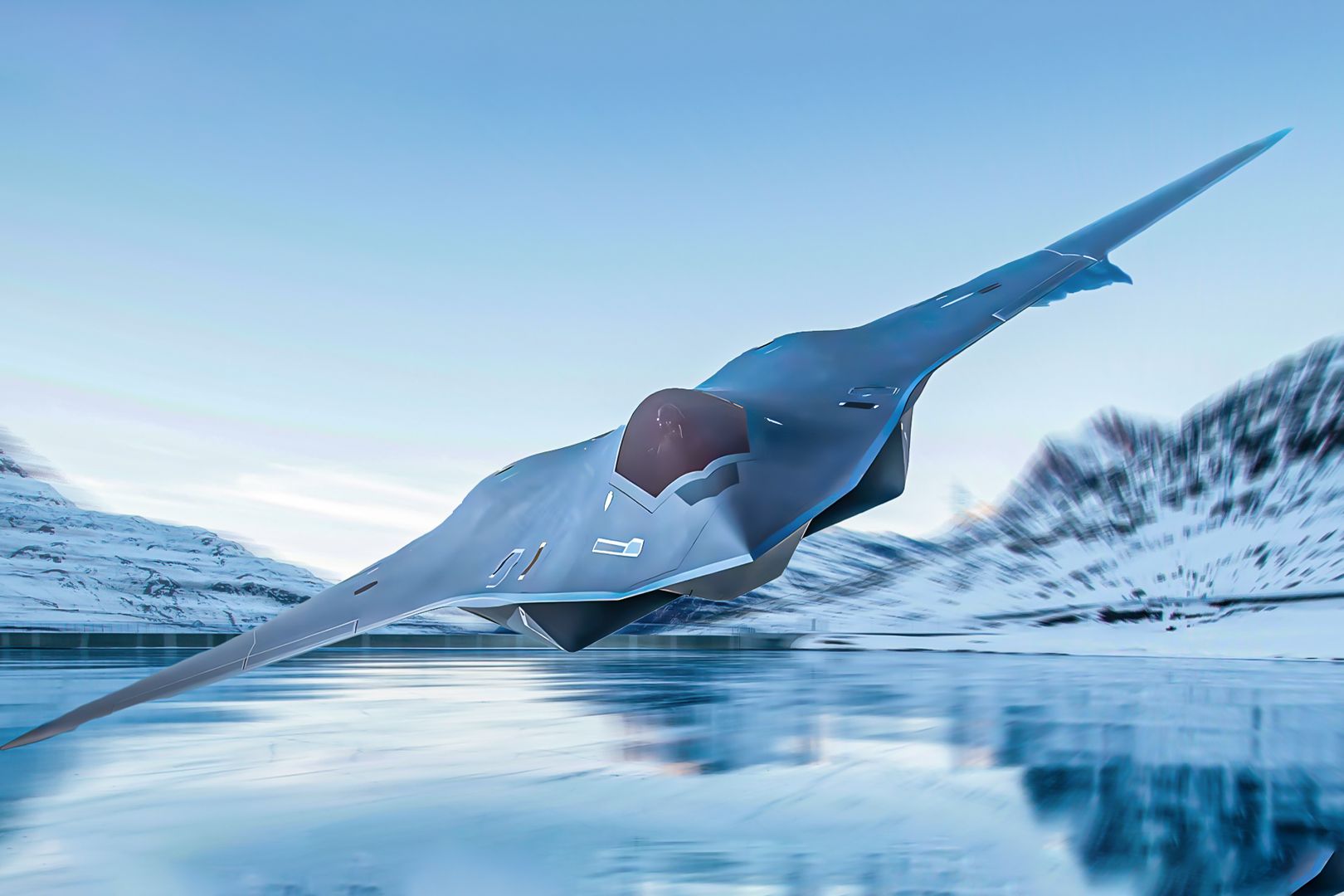
Related
US Air Force Secretary Is “Absolutely” Sure 6th-Gen Fighter Program Will Advance
Kendall has stated he’s confident NGAD will fly as a manned fighter and may eventually have an uncrewed option as well.
Taking a pause
Defense News reported in May 2024 that Sweden is “taking a pause to assess what’s next for its lineage as a warplane-producing country.” Saab reported that it had received an order for Swedish future fighter concept studies that “includes conceptual studies of manned and unmanned solutions in a system of system perspective, technology development, and demonstrations.“
Photo: Airbus
Known sixth-generation fighter jet programs:
- US Air Force NGAD: US
- US Navy F/A-XX: US
- BAE Tempest/GCAP: UK, Japan, Italy
- Future Combat Air System (FCAS): France, Germany, Spain
- Mikoyan PAK DP: Russia
Like other countries, Sweden’s investment in a manned sixth-generation fighter would be massive and requires it to forecast what the shape of war will be like decades from now. With more capabilities being offered by unmanned systems, Sweden has to consider whether it will be better to go with an unmanned option.
“Nothing has been decided yet and won’t be decided until at the very least the beginning of the next decade. No matter the direction we opt to go in, Swedish industry will always be involved.” – Maj. Gen. Jonas Wikman, chief of the Swedish Air Force
As the chief of the Swedish Air Force told Defense News, nothing about the future of the fighter program has been decided. Sweden may yet opt to rejoin Tempest, or it could join the rival Franco-German project FCAS, or it could opt to build its own fighter. Or maybe it will go with an unmanned option or it could just purchase a sixth-generation fighter developed by someone else. These are all options.
Photo: Collins Aerospace
But it would be remarkable for Sweden to build a sixth-generation fighter while it is also unclear whether there would be a demand for three European sixth-generation fighters. The cost of developing these systems is enormous and stretches any defense industry (and budget) to the limit. As Defense News puts it, “When it comes to a future fighter system, Sweden does not plan to go it alone.” One way or the other, Sweden is just too small to truly go it alone and will need to cooperate with other countries (e.g. Britain’s BAE and Rolls-Royce).
The UK has pledged to spend around $2.5 billion on the Tempest’s initial research and observation stage alone, while the US Navy is allocating a billion a year in development costs for its fighter. For reference Sweden is expected to spend $13 billion total on its military in 2025.
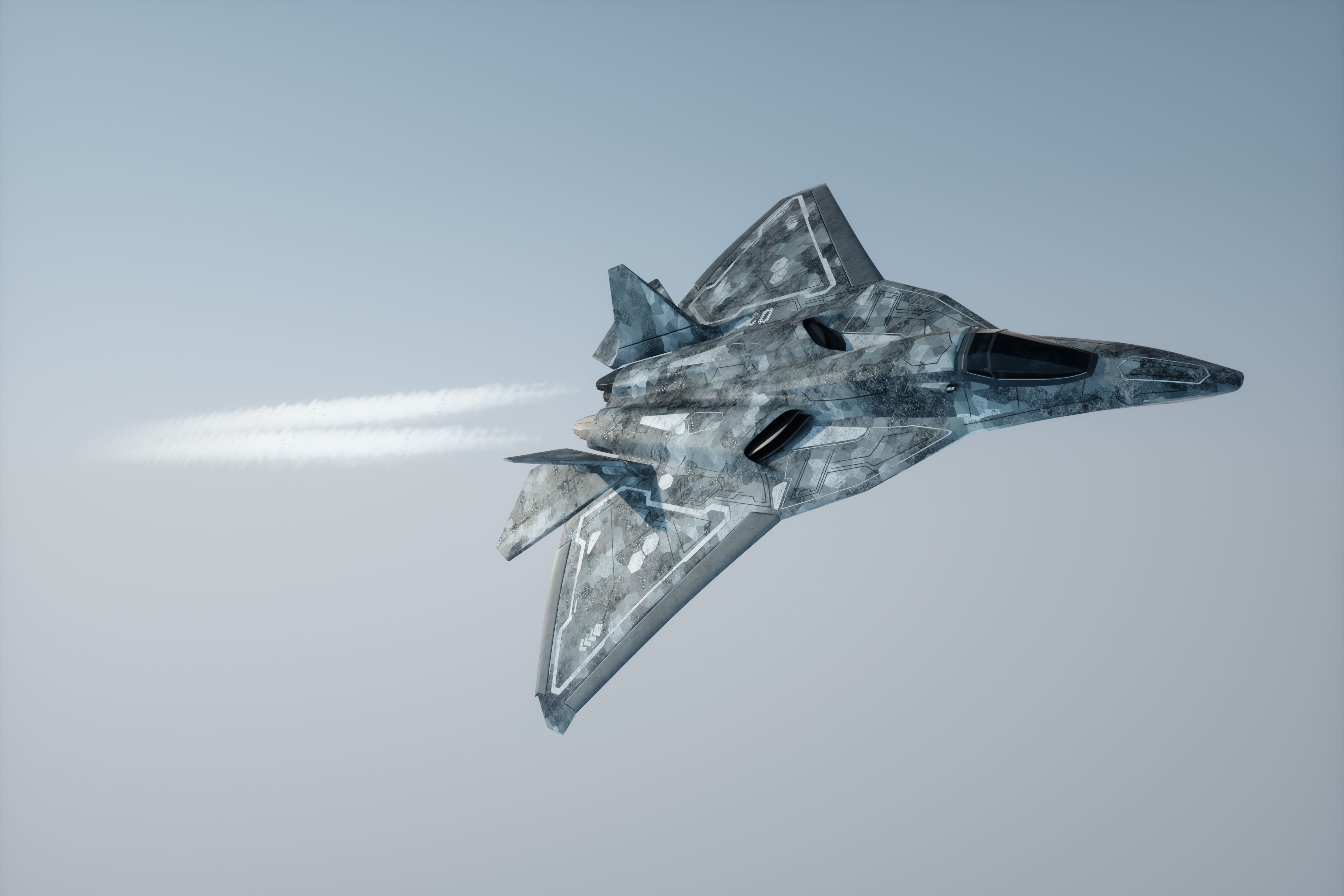
Related
US Air Force Secretary: NGAD Will Cost Less Than F-35
US Air Force Secretary Kendall’s desire to drive down NGAD per-unit cost is coupled to wanting to buy CCAs and new stealth tankers.
Sweden’s peculiar situation
Additionally, defense planning may have been influenced by Sweden joining NATO earlier this year. The full-scale Russian invasion of Ukraine caused Sweden to abandon hundreds of years of neutrality and join the transatlantic alliance. Sweden’s geopolitical realities have also influenced its fighter jet design – for example, the Saab JAS 39 Gripen
is designed as a rugged fighter able to operate with minimal infrastructure and with as few maintainers as possible.
Photo: BeAvPhoto | Shutterstock
With the ever-present threat of Russia on its doorstep and no alliances, Sweden has long worked to ensure it has a robust and independent defense industry. Additionally, standing alone against a much larger advisory has caused Sweden to plan for a very different war than its US counterpart (e.g., Swedish fighter jets are required to be able to use roads as makeshift runways). Countries that produce fighter jets tend to be powerful and large countries – but Sweden is the exception.
Sweden’s fourth-generation Saab Gripen
The country produces a large amount of its own military equipment for its size.
Sweden’s Saab already produces a fourth-generation fighter jet, the Saab Gripen
(although it is chock-full of imported parts) – one of only three multi-role fighter jets in production in Europe (along with the Typhoon and Rafale).
|
Sweden’s Saab JAS 39 Gripen |
|
|---|---|
|
Entered service: |
1996 |
|
Operated by: |
Sweden, Brazil, Thailand, South Africa, Czech Republic |
|
Type: |
Multi-role fighter |
|
Powerplant: |
1 × Volvo RM12 afterburning turbofan (GE F404) |
|
Number built: |
approx 300 |
Photo: PetrCh l Shutterstock
Sweden is ordering a new batch of updated Gripen Es, which are expected to remain in service until 2060. The Gripen E includes an upgraded electronic warfare suite and the ability to carry three times more armaments. Sweden was expected to retire its Gripen C/Ds, but Russia’s invasion has made it likely it will hold onto some of them for longer
while donating 15 to 30 of them to Ukraine
.

